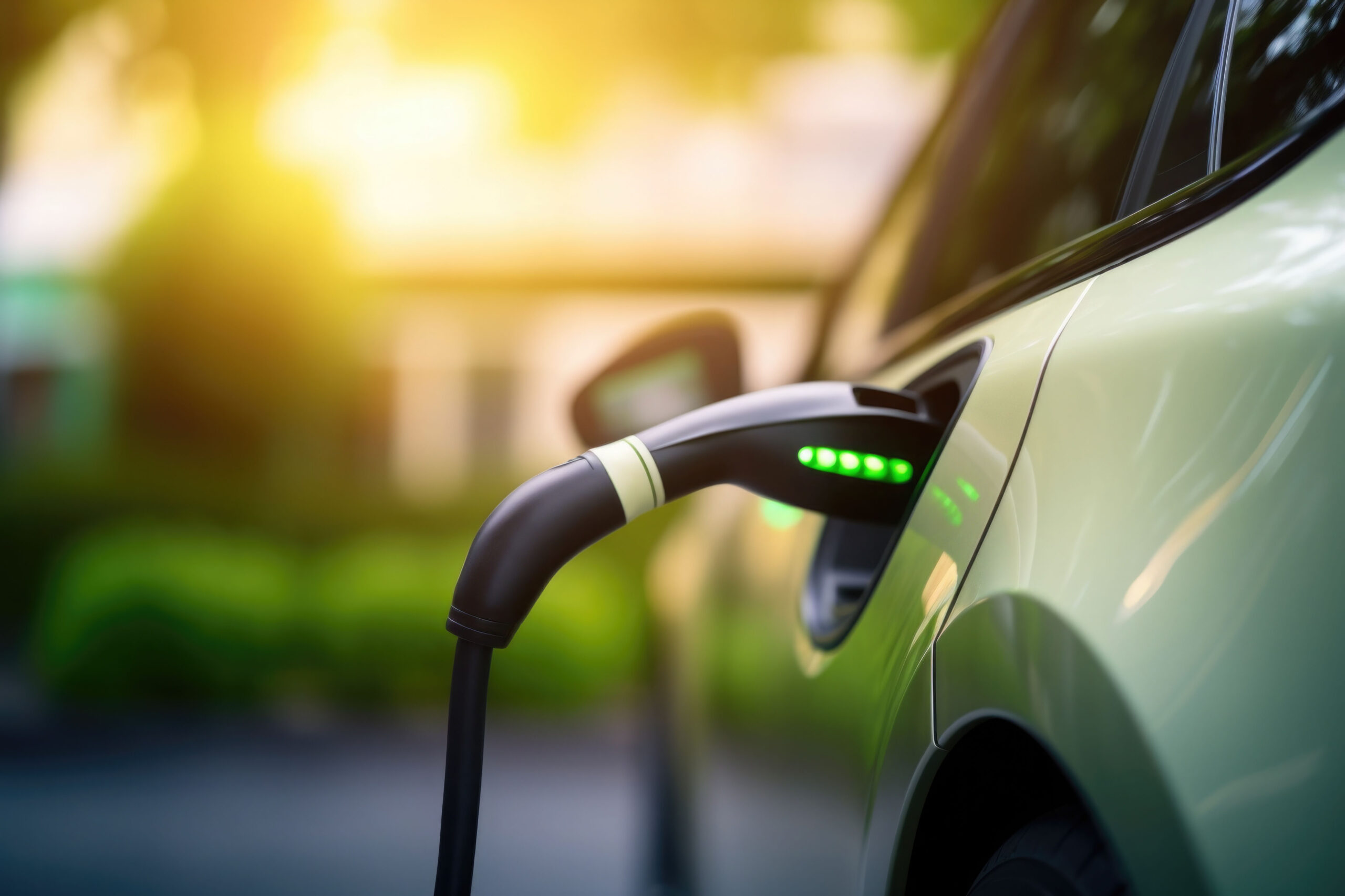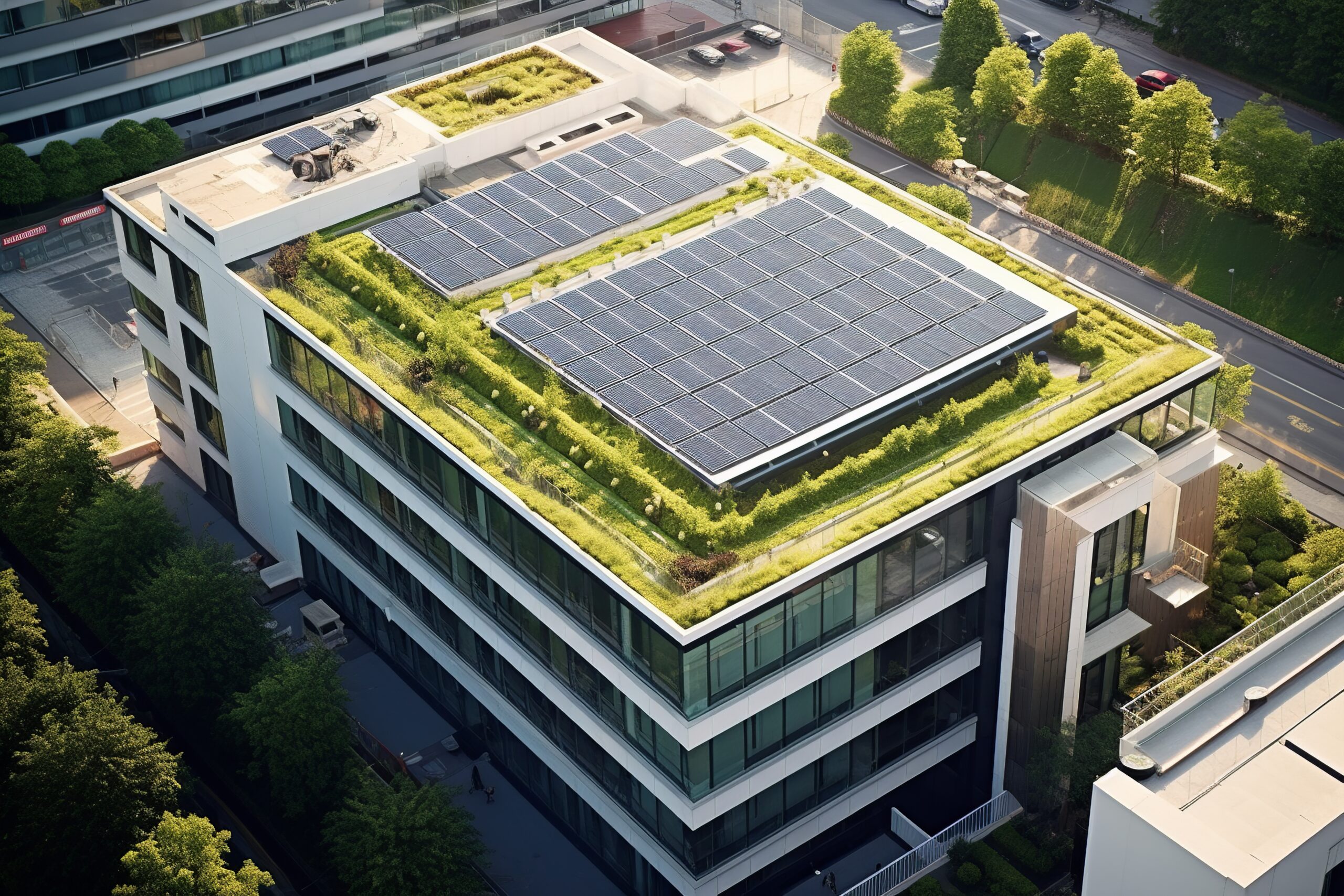
New sources of energy are on the horizon
Out of the shadows comes the potential for future power generation, at least that is the hope of a team of scientists from the National University of Singapore who have successfully generated clean energy using the contrast between light and shade.
The Shadow Effect Energy Generator is the name given to a device built from thin strips of gold placed onto a silicon sheet, which in turn is held together by a flexible plastic base. As a typical solar cell material, when light shines on the silicon sheet, it energizes its electrons and produces an electric current using the gold layer. The voltage of the illuminated part of the gold increases relative to the shaded part of the device, allowing the electrons to move from high to low voltage and generating enough energy to power a small gadget such as a digital watch[1]. The team believes that despite its modest energy output today, this new technology could be less costly to produce than conventional solar panels and has the potential to be twice as effective as well[2].
According to the International Energy Association (IEA)[3], in 2018 13.5% of the world’s total energy supply (TES) of 14 282 Mtoe was produced from renewable energy sources, including hydro, biofuels, renewable municipal waste, solar PV, solar thermal, wind, geothermal and tidal.
Innovations such as the Shadow Effect Energy Generator or claims by a team of researchers from the University of Tel Aviv to have found a way to generate energy from plants, could grow the share of renewable energy in world power generation in the future.
The Israeli researchers published the findings of their study in the Energy & Environmental Science journal earlier this year. These findings reveal that by injecting an enzyme into microscopic algae, the plant was able to generate hydrogen. Although the practical application of these findings is still decades away, the plants’ ability to produce a source of energy opens the door to electricity generation in the future[4].
The importance of this research should not be underestimated.
To meet growing energy demand in the future as well as our climate goals as set out in the Paris Climate Agreement, greater deployment of renewable sources of energy as well as greater energy efficiency will be needed. According to a special report on clean energy innovation from the IEA, success hinges on innovation and “technologies that have not yet reached the market”. In the report the IEA states that “without a major acceleration in clean energy innovation, countries and companies around the world will be unable to fulfil their pledges to bring their carbon emissions down to net-zero in the coming decades”[5].
Therefore, the work by researchers such as those at the universities in Israel and Singapore is not only encouraging but critical. However, more investment into innovation as well as a change in regulations across the board is needed if we are to bring these innovations to market thereby ensuring a sustainable and more secure energy future for generations to come.
[1] https://www.sciencenews.org/article/new-device-can-produce-electricity-using-shadows
[2] https://www.ulyces.co/news/cet-appareil-genere-de-lelectricite-propre-a-partir-des-ombres/
[3] The IEA was established following the first oil crisis in 1974 to ensure the security of oil supplies for its member countries. Today the IEA plays a major role at the centre of the global energy debate and is a strong proponent of clean energy technology, including energy efficiency.
[4] https://phys.org/news/2020-06-israeli-scientists-energy.html
[5] https://www.iea.org/news/reaching-international-energy-and-climate-goals-requires-a-sharp-acceleration-in-clean-energy-innovation

